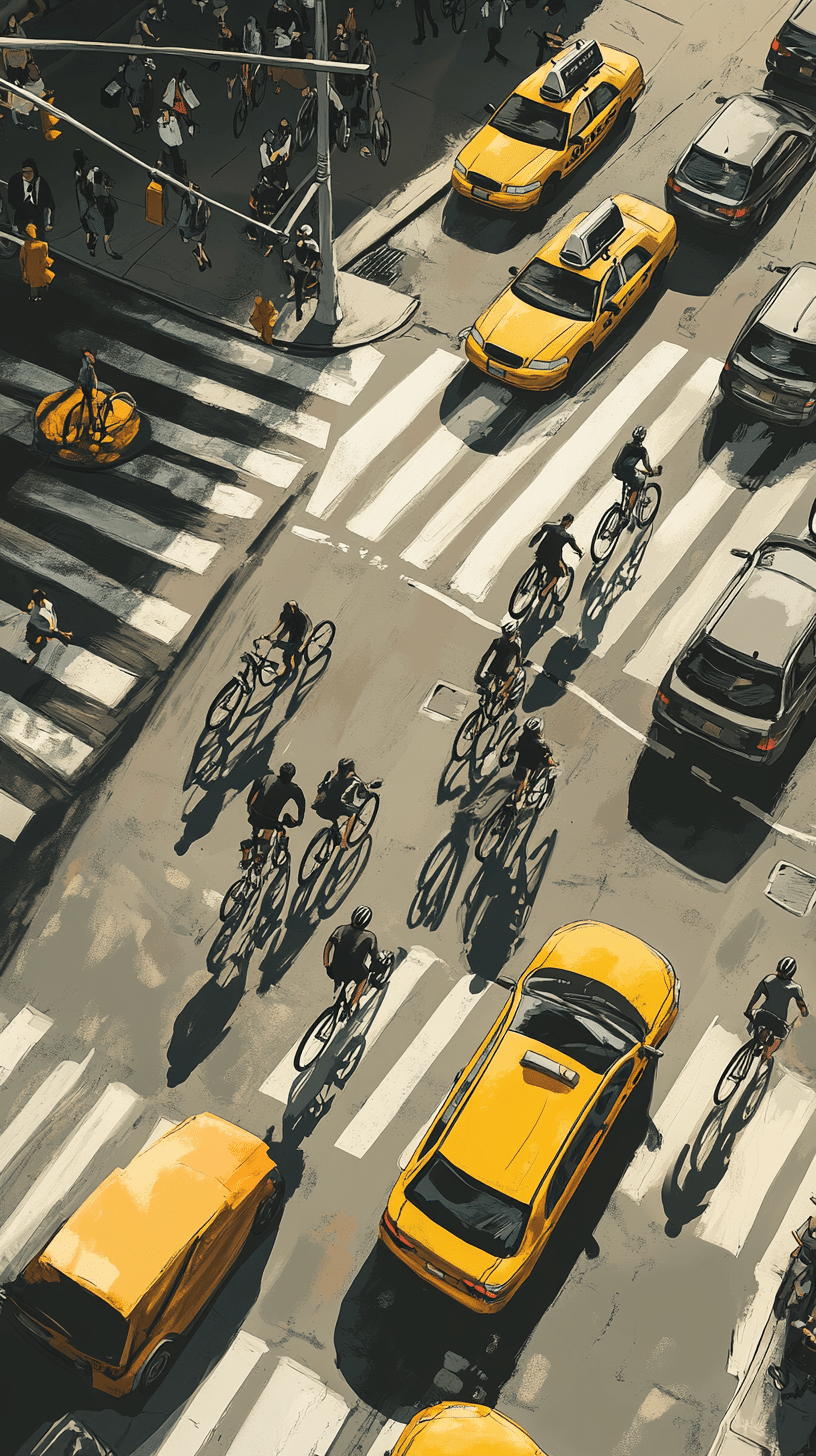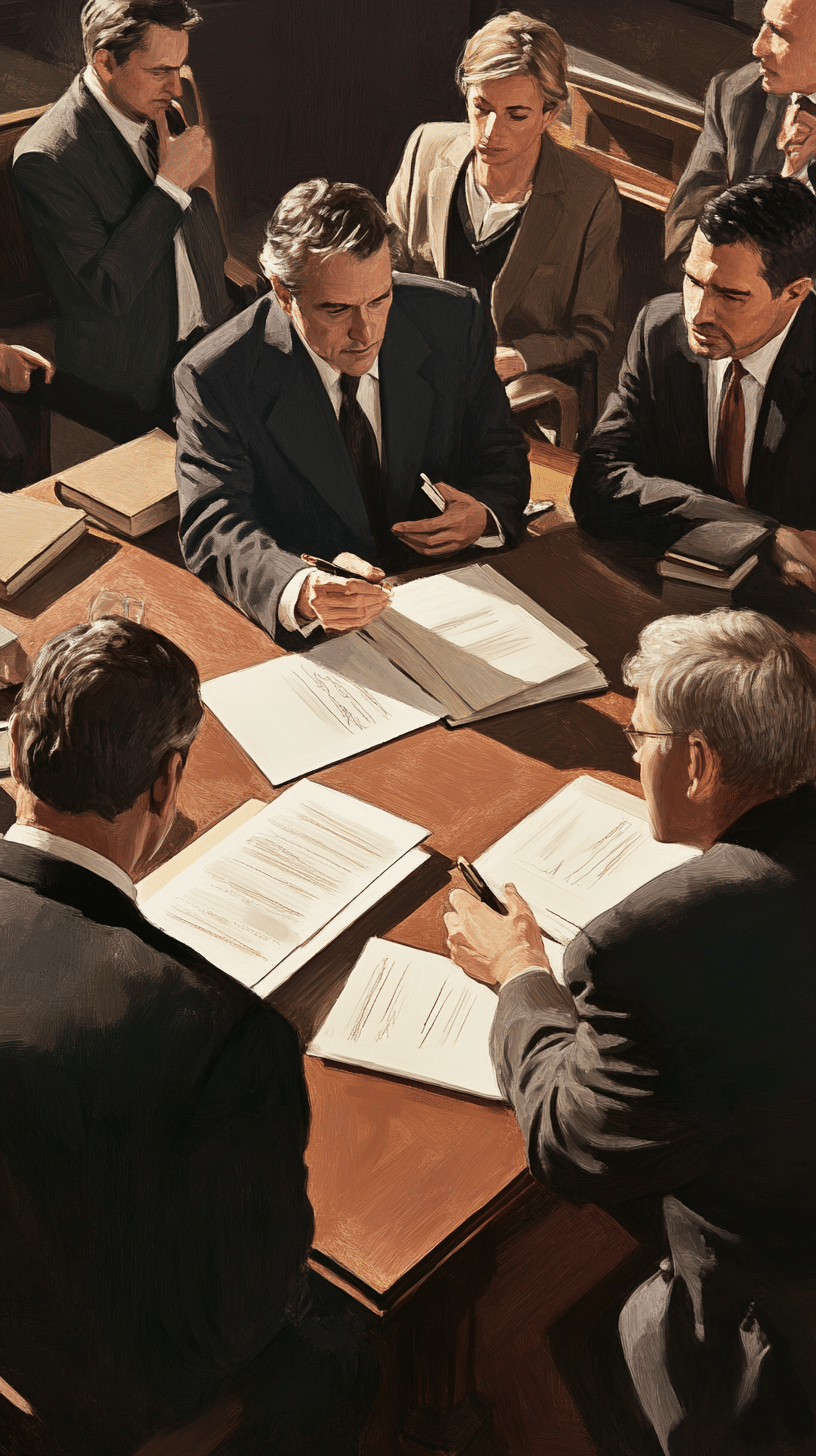Seaberg v North Shore Lincoln- Mercury, Inc., 2011 NY Slip Op 05688 (2d Dept, 2011).
An interesting evidentiary discussion, in a civil matter, with plenty of criminal law citations involving routinely encountered issues.
(1) “plaintiff sought to admit into evidence a tape of Pina’s 911 call under the present sense impression or excited utterance exceptions to the hearsay rule. In opposition, the defendant quoted from Pina’s deposition testimony, in which he had stated, “somebody said to call [911]. A lady fell in the parking lot.” Defense counsel argued that this testimony demonstrated that Pina had not seen the accident and, accordingly, any statement he may have made that was recorded on the 911 tape was not within one of the proffered exceptions to the hearsay rule to the extent that it may have described how the accident occurred. The Supreme Court agreed with defense counsel, and denied the plaintiff’s request to admit the tape of Pina’s 911 call under the present sense impression or excited utterance exceptions to the hearsay rule.”
(2) “Pina did recall, however, waiting at the scene for approximatley 15 minutes until an ambulance arrived. He recalled that, during that time,
(3) “After Pina gave this testimony, the plaintiff’s counsel requested a bench conference, after which counsel stated, on the record, that Pina had just testified that he had seen no ice on the ground immediately after the accident, but in his prior deposition testimony, he admitted telling the 911 operator that he had seen “ice on the ground that caused [plaintiff] to slip and fall.”
(4) “The defense asserted that the plaintiff’s counsel was mischaracterizing Pina’s deposition testimony. Defense counsel then quoted from a portion thereof, in which Pina testified both that he did not recall seeing ice on the ground and that the content of the 911 tape did not refresh his recollection about the incident.
(5) “The jury returned a verdict in favor of the defendant on the issue of liability. Thereafter, the Supreme Court entered a judgment in favor of the defendant and against the plaintiff dismissing the complaint. The plaintiff appeals and we reverse.”
(6) “On appeal, the plaintiff contends that the judgment must be reversed and that a new trial is warranted because Pina’s statement on the 911 tape falls within the present sense impression exception to the hearsay rule or, alternatively, that she should have been allowed to refresh Pina’s recollection with the 911 tape and admit the 911 tape into evidence as a prior inconsistent statement. In opposition, the defendant contends that all of the plaintiff’s arguments are without merit because Pina did not witness the accident.”
(7) “Here, Pina did not witness the accident, but arrived at the scene after the fall. Thus, contrary to the plaintiff’s contention, any statements Pina may have made to the 911 operator about how the accident occurred were not present sense impressions of that issue, as he did not perceive the accident at all”
But (8) “We agree with the plaintiff, however, that the Supreme Court should have allowed her to refresh Pina’s recollection with the 911 tape. At trial, Pina explained that he had no independent recollection of the incident. Such testimony was sufficient to allow the plaintiff to play the 911 tape outside the presence of the jury and allow Pina to refresh his recollection about what he had told the 911 operator”
(9) “The plaintiff also contends that the 911 tape should have been admitted as a prior inconsistent statement since, at trial, Pina testified that he did not observe any ice during the 15 minutes he stood near the plaintiff waiting for the ambulance to arrive, which was inconsistent with statements he made to the 911 operator. We agree with the plaintiff. Here, the plaintiff laid the proper foundation for the introduction of the 911 tape as a prior inconsistent statement by questioning Pina as to the contents of the 911 tape so that he could explain any inconsistency (see Prince, Richardson on Evidence § 6-411[a] [Farrell 11th ed]; People v Wise, 46 NY2d 321, 326; People v Longo, 151 AD2d 786; cf. People v Wilkins, 221 AD2d 392). Upon the plaintiff’s laying of such foundation, the Supreme Court should have admitted the 911 tape into evidence as a prior inconsistent statement by Pina for the limited purpose of allowing the plaintiff to impeach his credibility”
Reversed on the law.













One Response
This is interesting. I am going to research this a bit before commenting other then to say J.T. you posted this on Sunday July 3, 2011.
Get a life.
Buy my book — written in the early 90s — Dating in the Hamptons on Seven dollars Per Night: just in case money woes are keeping you out of the hunt.